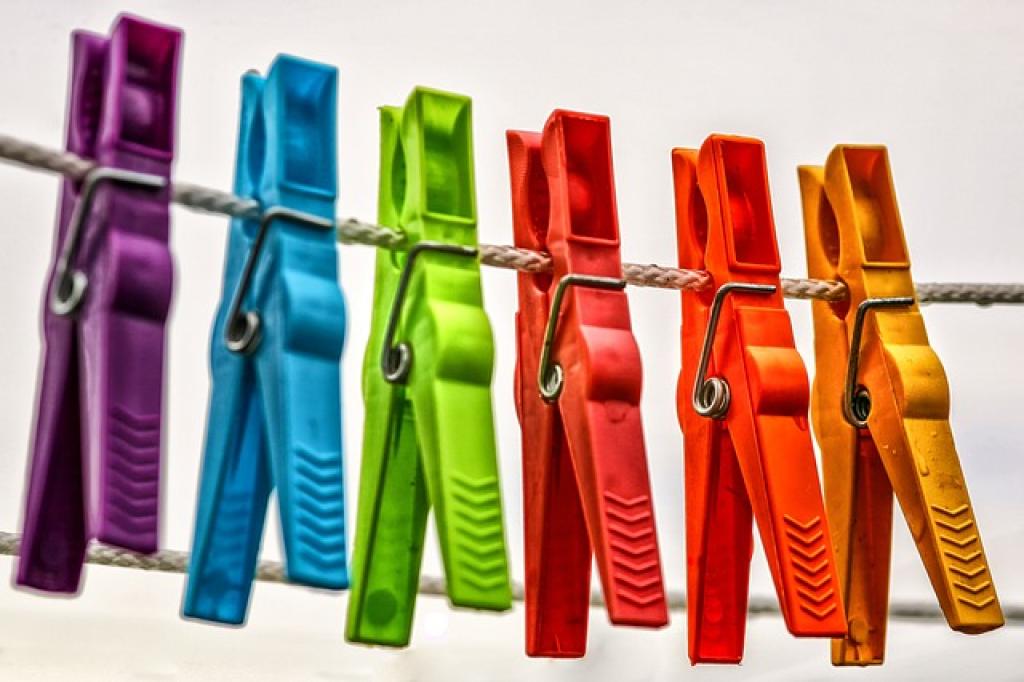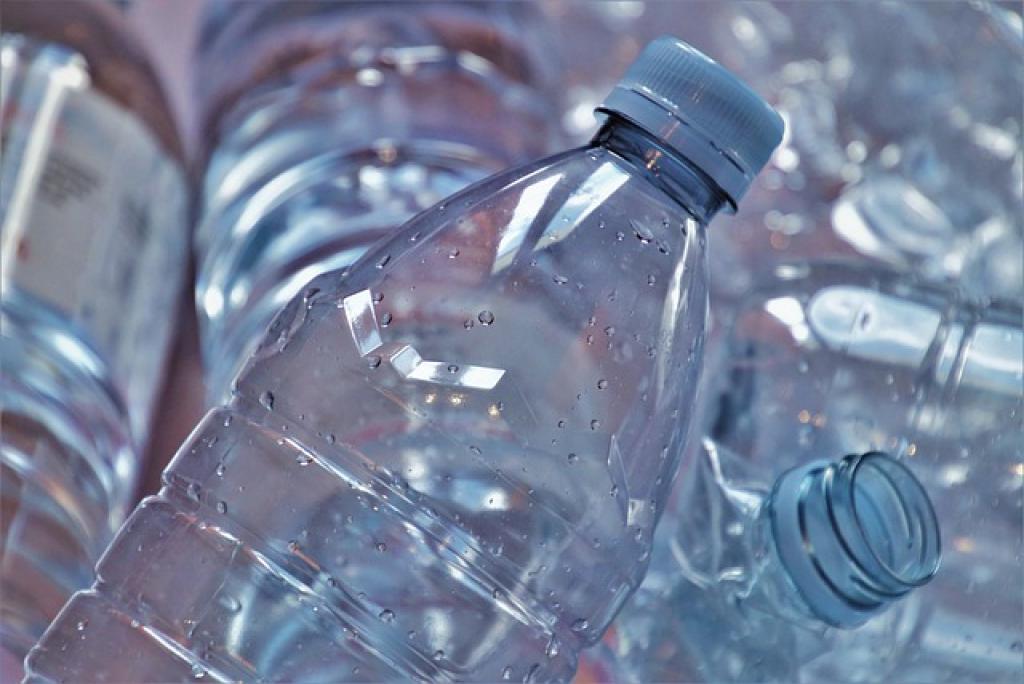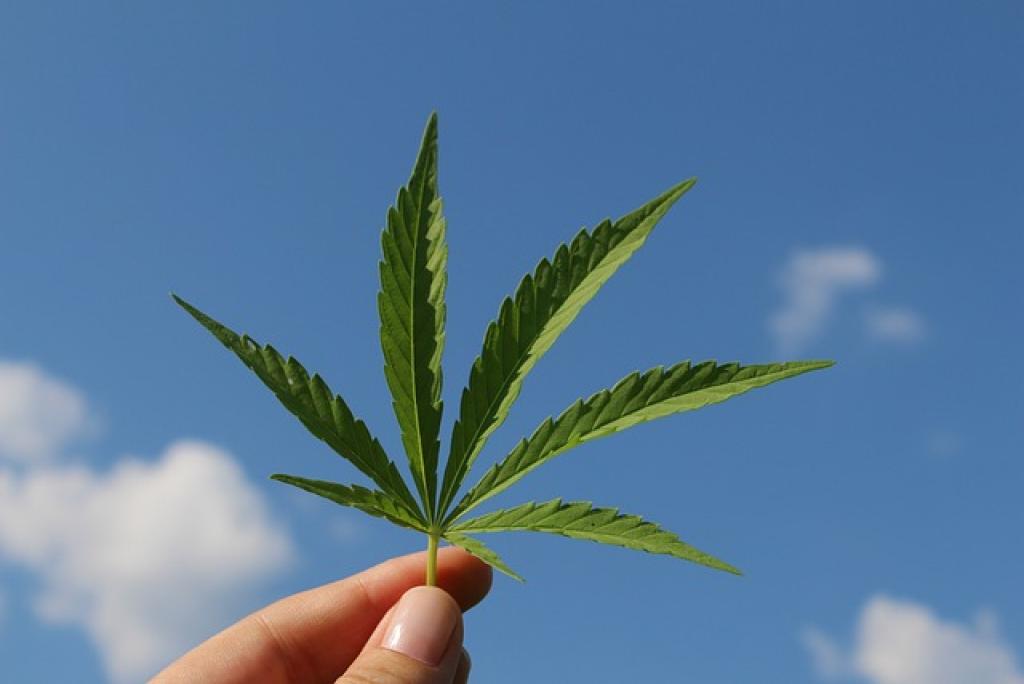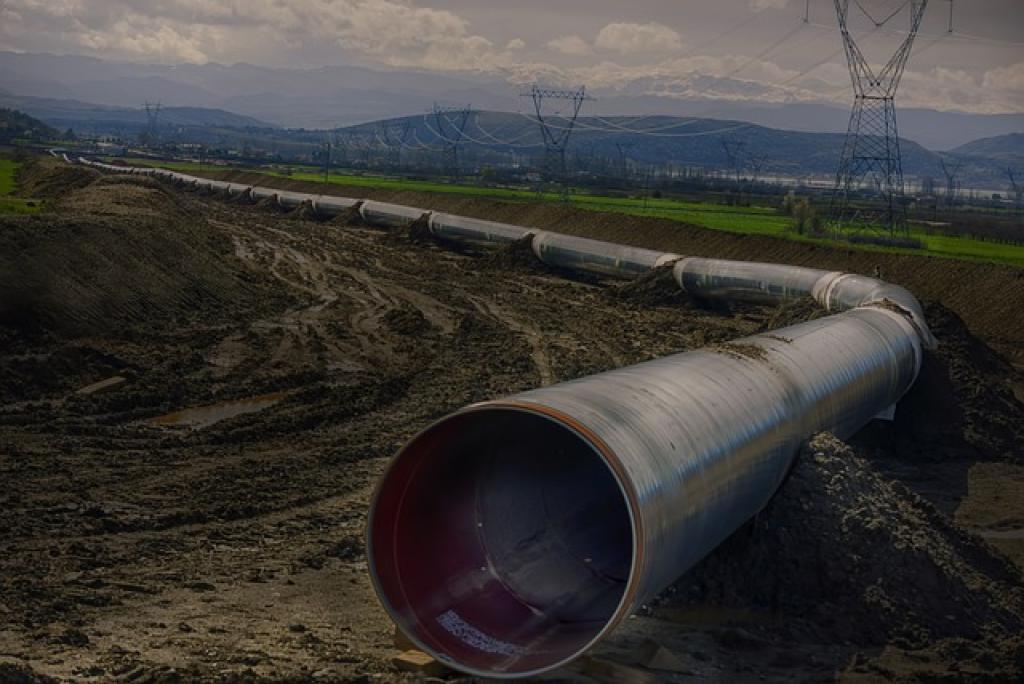Imagine a world where your everyday plastic items come from plants instead of oil. This isn’t science fiction; it’s happening now with hemp-based plastics. With the planet’s health on the line and consumers becoming more eco-conscious, how do hemp-based plastics stack up against the familiar petroleum-based ones?
From durability and cost to environmental impact and biodegradability, there’s much to consider. Whether you’re passionate about going green or just curious about emerging materials, this comparison will help you understand the ins and outs of these two types of plastics. Let’s dive in and see which comes out on top!
Introduction to Hemp-based and Petroleum-based Plastics
Hemp-based plastics are crafted from the cellulose fibers of the hemp plant. This plant-based material is praised for its eco-friendliness and renewability. It can be molded into various forms, making it a versatile alternative to conventional plastics.
On the flip side, petroleum-based plastics are derived from fossil fuels like oil and natural gas. These plastics have been the backbone of manufacturing for over a century due to their durability and cost-effectiveness. However, their production and disposal contribute significantly to pollution and greenhouse gas emissions.
Understanding these two types of plastics is key to appreciating their respective strengths and weaknesses. The choice between them involves more than just cost and convenience; it impacts our environment and future sustainability. Let’s explore how these materials compare in more detail.
Environmental Impact: Which is More Sustainable?
When it comes to environmental impact, hemp-based plastics offer impressive sustainability benefits. Hemp grows quickly, requires minimal pesticides, and absorbs a significant amount of CO2 from the atmosphere. Not only that, but, hemp plastics are biodegradable, meaning they break down naturally without leaving harmful residues.
Petroleum-based plastics, however, tell a different story. Their production is energy-intensive and generates considerable greenhouse gases. Once disposed of, these plastics can take hundreds of years to decompose, contributing to landfill overflow and ocean pollution.
Recycling petroleum-based plastics is possible, but the process is not straightforward and often results in lower-quality products. In contrast, hemp plastics can be more easily recycled and repurposed, further minimizing their environmental footprint.
Manufacturing Processes and Energy Consumption
In the realm of manufacturing, hemp plastics shine brightly due to their less energy-intensive process. Growing hemp itself is relatively low-maintenance, thriving without heavy use of pesticides or fertilizers. This means less energy and fewer resources are consumed right from the start.
When the harvested hemp is processed into plastic, it generally requires lower temperatures and less energy compared to the production of petroleum-based plastics. This is a win-win, reducing both energy usage and harmful emissions.
Petroleum-based plastics present a contrasting picture. Extracting and refining crude oil are extremely energy-consuming processes. From drilling to refinement, each stage guzzles vast amounts of energy and releases significant pollutants into the air and water.
And another thing to keep in mind is that, the production of conventional plastics often involves multiple, complex steps, each demanding substantial energy. This not only boosts the carbon footprint but also leads to higher overall costs.
In short, the manufacturing processes for hemp plastics are more energy-efficient and environmentally friendly, making them a superior choice for those looking to reduce their energy consumption and carbon footprint.
Performance and Durability Comparison
When it comes to performance and durability, hemp plastics hold their own impressively well. They are surprisingly sturdy and can withstand a variety of conditions. For instance, products made from hemp plastic don’t warp or crack easily, making them a reliable choice for many applications.
One notable perk of hemp plastic is its resistance to UV radiation. This attribute is crucial for products frequently exposed to the sun, such as outdoor furniture and car parts. UV resistance means these items won’t degrade as quickly as those made from traditional plastics.
Strength and Versatility
Additionally, hemp plastic can be incredibly strong. Some studies suggest that adding hemp fibers into the mix can enhance the tensile strength of the plastic, making it more robust than some conventional plastics. This added strength opens up a wide range of potential uses, from packaging materials to durable consumer goods.
In terms of longevity, hemp plastics are designed to last. They maintain their structural integrity for years, ensuring that the products made from them are both durable and reliable. However, when their time is up, they naturally decompose—leaving behind no harmful residues.
On the flip side, traditional petroleum-based plastics are also known for their durability. They can endure harsh environments and heavy usage without breaking down quickly. But this durability comes at a high environmental cost, as these plastics can take hundreds of years to decompose.
In a nutshell, hemp plastics offer a competitive blend of performance, strength, and eco-friendliness. They may not yet be as widely used as petroleum-based plastics, but their benefits make them a promising alternative for the future.

Use in Various Industries and Applications
Hemp plastics are more versatile than you might think. They are making their way into various industries, proving to be effective and eco-friendly.
In the automotive industry, hemp plastics are used to create interior panels, dashboards, and even parts of the car’s body. These materials are lightweight yet strong, contributing to fuel efficiency and durability.
The packaging industry is also benefiting from hemp plastics. Companies are opting for hemp-based packaging to reduce their carbon footprint. These packages are not only sturdy but also biodegradable, making them a win-win for both the business and the environment.
In the realm of consumer goods, hemp plastics are popping up in unexpected places. From sunglasses to toothbrushes, the everyday items we use are getting a green makeover. These products maintain the functionality we expect, adding the bonus of being eco-friendly.
The construction industry isn’t left out either. Hemp plastics are utilized in creating insulation and other building materials. These materials offer both durability and energy efficiency, making homes and buildings more sustainable.
Even the tech industry is exploring hemp plastics. Some companies are using them for casings of gadgets and accessories. This not only reduces plastic waste but also provides a unique look and feel to the products.
Clearly, hemp plastics are proving their worth across a wide range of applications. Their performance and environmental benefits make them a compelling choice for industries looking to innovate while staying green.
Regulatory Considerations and Future Outlook
Navigating the world of hemp plastics involves understanding various regulations. Since hemp has often been lumped together with its psychoactive cousin, marijuana, it faces some unique legal hurdles. Legislation varies by country and even by state or region, which can create a complex landscape for manufacturers and consumers.
However, the tide is shifting. Many governments are recognizing the benefits of hemp products, leading to more favorable regulations. This positive trend helps foster innovation and growth within the industry.
Industry Standards and Certifications
Beyond legal issues, adherence to industry standards and certifications is crucial. Ensuring compliance with environmental and safety standards is essential for gaining consumer trust and market approval. Certifications like those for biodegradable and compostable products bolster the credibility of hemp plastics.
Looking ahead, the future for hemp plastics appears bright. As consumers become more eco-conscious, the demand for sustainable alternatives is likely to grow. This shift can drive further research and development, making hemp plastics even more efficient and versatile.
The combination of changing regulations, growing consumer awareness, and technological advancements positions hemp plastics as a key player in the future of sustainable materials. With continued support and innovation, they could significantly reduce our reliance on traditional plastics, steering us toward a more sustainable world.
The Bottom Line: Making Informed Choices
In the quest for sustainability, hemp plastics offer an exciting and eco-friendly alternative to traditional plastics. With their biodegradability and lower environmental footprint, they present a viable solution to reducing pollution and conserving resources.
However, choosing hemp plastics requires informed decision-making. Understanding the regulatory landscape, industry standards, and certifications can help ensure that the products you select are both legitimate and sustainable. By doing so, you contribute to a market that values transparency and eco-consciousness.
It’s also important to acknowledge that while hemp plastics are a promising innovation, they are just one part of a broader strategy to combat environmental issues. Combining them with other sustainable practices such as reducing waste, recycling, and supporting green initiatives amplifies their positive impact.
The future of hemp plastics is bright, supported by growing consumer demand and ongoing advancements in technology. By staying informed and making mindful choices, you can play a role in driving this sustainable transition forward.
In conclusion, while the journey towards widespread adoption of hemp plastics may come with its challenges, the rewards for our planet make it undeniably worthwhile. Embrace the change, support sustainable practices, and make informed choices – because every small step taken today shapes a greener and healthier tomorrow.




